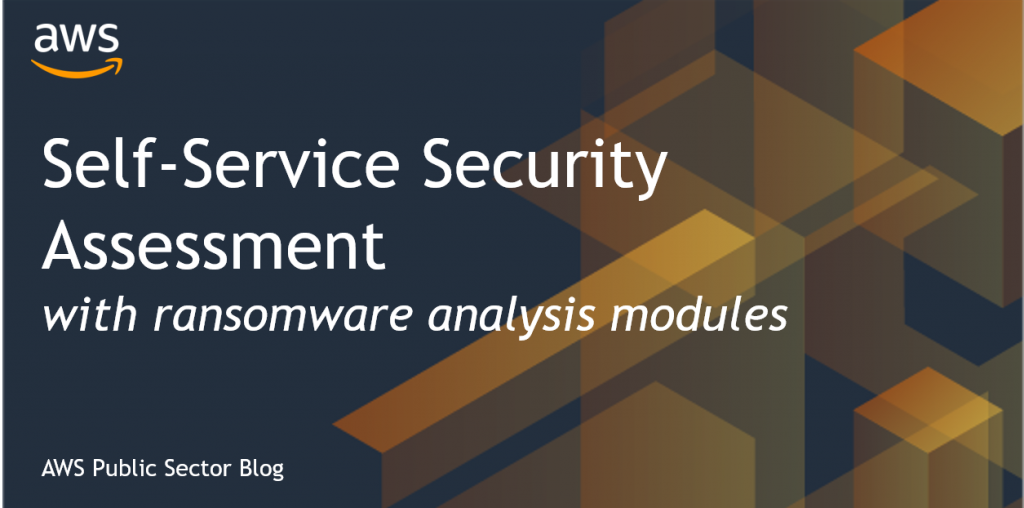AWS Public Sector Blog
Tag: Amazon GuardDuty
Building your Cybersecurity Maturity Model Certification (CMMC) strategy using cloud technologies
The U.S. Department of Defense (DoD) released an interim rule, the Defense Federal Acquisition Regulation Supplement: Assessing Contractor Implementation of Cybersecurity Requirements (DFARS Case 2019–D041), which includes NIST SP 800-171 and Cybersecurity Maturity Model Certification (CMMC) assessment methodology and requirements. Organizations have been planning for CMMC, and with the release of this interim rule, are now beginning to prepare and build strategy for CMMC compliance. Learn how you can build your CMMC strategy using cloud technologies.
How public sector security teams can use serverless technologies to improve outcomes
Serverless applications are typically discreet pieces of code that customers can use to manage security-related processes or stitch together multiple AWS services to solve a larger problem. They allow customers to build and run applications and services without dealing with infrastructure management tasks such as server or cluster provisioning, patching, operating system maintenance, and capacity provisioning. In this blog, I explain the serverless computing model, the Serverless Application Repository (SAR), solution constructs and implementations, why they matter to our government customers, and how they can use them to solve common problems.
How nonprofit civic organizations use the cloud to meet registration demand and modernize voter education
Tuesday, September 22, 2020 is National Voter Registration Day, a nonpartisan civic holiday in the United States celebrating democracy with a mission to create broad awareness of registration opportunities for voters. Learn how nonprofit civic organizations use the cloud to meet their mission in a secure, scalable, and cost-effective way on National Voter Registration Day and throughout the election cycle.
Assess your security posture to identify and remediate security gaps susceptible to ransomware
As government agencies and public sector organizations modernize their IT and migrate to the AWS Cloud, the ability to gain a full, clear view of the security of their environments is a primary challenge they experience. This lack of visibility leads to blind spots and gaps in their security posture, leaving opportunity for security issues to arise. As a result, AWS developed a new open source Self-Service Security Assessment (with ransomware analysis modules) tool that provides customers with a point-in-time assessment to quickly gain valuable insights into the security posture of their AWS account.
Three ways Health and Human Services agencies benefit from the cloud
Health and human services (HHS) agencies are in the midst of dramatic change, with ever-growing transaction volumes and increasing demand for new services and visibility into data. Looking for new ways to manage constituent demands, the agencies are turning to the cloud to run mission-critical applications that administer healthcare and social benefits programs for millions of beneficiaries, resulting improved system agility, security, and costs.
Gamifying math education: How Prodigy uses AWS to scale and process 20 million questions daily
Prodigy Game (Prodigy) has a mission to help every child in the world love learning and make education freely available to students globally. Prodigy’s math game – geared toward learners in the first to eighth grade – allows students to hone their math skills with questions delivered according to their individual needs. As their user base grew, so did the strain on their ability to handle the increasing demands. They turned to AWS.
The Five Ways Organizations Initially Get Compromised and Tools to Protect Yourself
Over the years, many organizations’ on-premises IT infrastructure has been compromised. Often times, organizations are left defending infrastructure, data, and people without understanding who is attacking them and why. But the sliver lining is that attackers often use the same tactics to try to initially compromise their targets. Knowing the ways that attackers try to get a foothold in your environment can help you defend it better.






